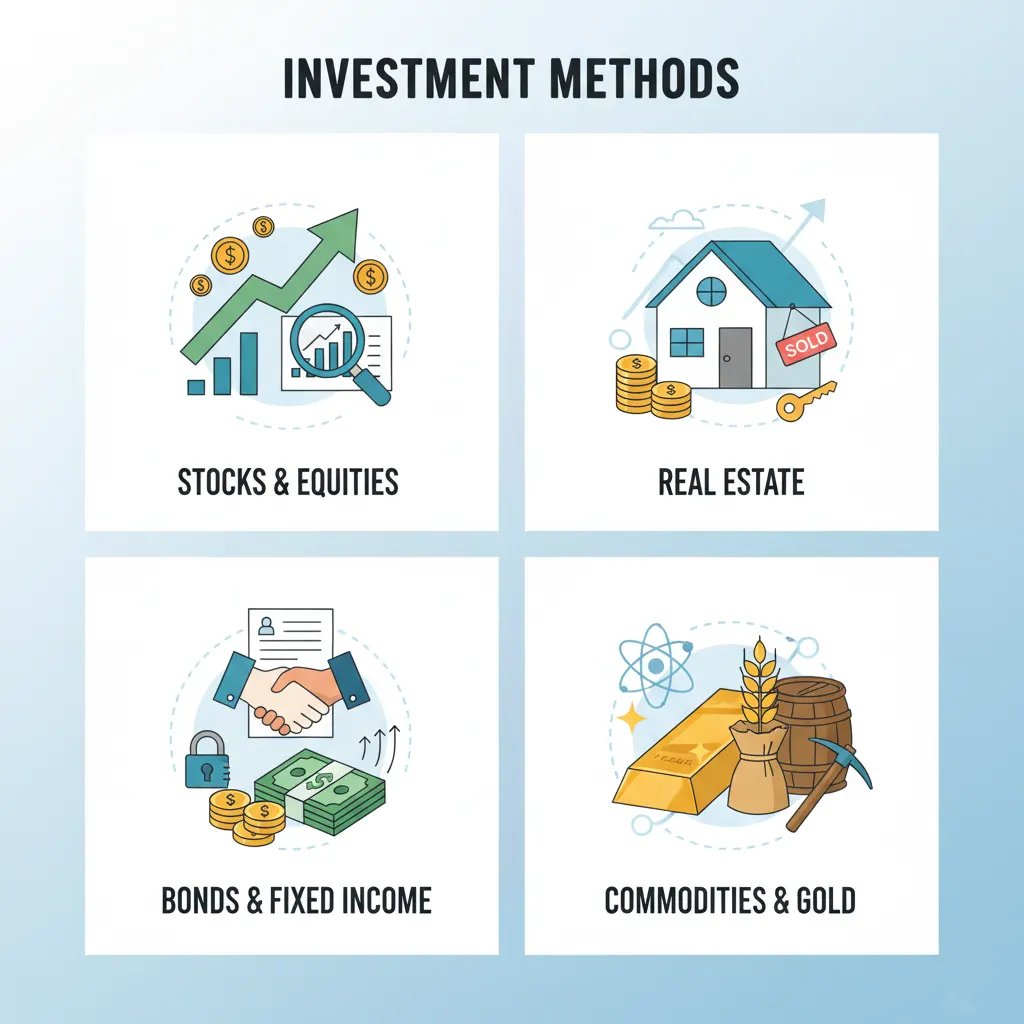Gold. It’s the ancient asset that never seems to lose its luster. For centuries, it has been the go-to safe haven during times of turmoil, the silent guardian of wealth when paper currencies falter. But in our fast-paced world of digital currencies and AI-driven markets, does this ancient metal still hold a place in a modern portfolio?
As we navigate the economic landscape of 2025, this question is more relevant than ever. With whispers of inflation, geopolitical tensions, and new ways to invest, the decision isn’t as simple as a yes or no.
Let’s cut through the noise and analyze whether now is a good time to buy gold.
The Bullish Case: Why Gold Could Shine in 2025
Several powerful macroeconomic forces are aligning that could make gold an attractive asset this year.

- The Inflation Hedge is Back: While the extreme inflation of recent years may have cooled, the underlying pressure hasn’t vanished. Central banks are walking a tightrope between controlling prices and stimulating growth. Gold has historically been a proven store of value when the purchasing power of fiat currency declines. To understand the current economic climate, see the latest World Economic Outlook from the International Monetary Fund.
- Geopolitical Uncertainty: The world remains a tense place. From ongoing conflicts to trade disputes and election uncertainties, investors hate instability. During such times, capital often flees risky assets and flows into “safe havens” like gold, driving up its price.
- Central Bank Buying Spree: This is a massive, under-the-radar driver. Central banks around the world, particularly in emerging economies, have been aggressively adding gold to their reserves. They are diversifying away from the US dollar, and their sustained buying creates a solid floor of demand. You can track this data through the World Gold Council’s official reports.
- Potential for Lower Interest Rates: The market is constantly speculating on when the next rate cut will come. When interest rates fall, the opportunity cost of holding non-yielding assets like gold decreases, making it more attractive compared to interest-bearing savings or bonds. Follow the Federal Reserve’s announcements for the latest on interest rate policy.
The Bearish Counterpoint: Reasons for Caution
Of course, no investment is without its risks. Here’s what could keep gold prices subdued.
(Image Suggestion 3: A contrasting, data-focused image)
Image: A split image. On the left, a chart with a strong upward trajectory for a stock index (like the S&P 500). On the right, a flat or slightly wavy line representing gold’s price.
Alt Text: Comparison of a rising stock market chart versus a flatter gold price chart, illustrating opportunity cost.
- A Strong U.S. Dollar and Economy: If the U.S. economy proves more resilient than expected and the dollar continues to strengthen, it can put downward pressure on dollar-denominated gold prices.
- “Higher for Longer” Interest Rates: If central banks hold off on cutting rates or even hike them again, the appeal of yield-bearing assets could pull investment away from gold.
- No Yield: Gold doesn’t pay dividends or interest. Unlike a profitable company or a bond, it just sits there. In a robust bull market, your money could potentially earn more elsewhere.
- Market Euphoria: If investor sentiment becomes overwhelmingly positive and “risk-on” behavior takes over, the demand for safe-haven assets like gold could wane. The CNN Fear & Greed Index is a great tool to gauge current market sentiment.
How to Buy Gold in 2025: It’s Not Just Bars and Coins
The ways to invest in gold have evolved dramatically. You’re no longer limited to a safety deposit box.

- Physical: A stack of gold coins.
- ETF: A smartphone screen showing a ticker symbol like GLD.
- Digital: A sleek, abstract representation of a digital gold token.
- Mining: An icon of a mining pick and a stock chart.
Alt Text: Four ways to invest in gold: Physical, ETFs, Digital, and Mining Stocks. - Physical Gold (Coins & Bars): The classic approach. You own a tangible asset. Pros: Direct ownership, no counterparty risk. Cons: Storage and insurance costs, less liquid for large amounts. Reputable dealers include APMEX and JM Bullion.
- Gold ETFs (Exchange-Traded Funds): Like GLD or IAU. These funds hold physical gold bullion, and you buy shares. Pros: Highly liquid, easy to trade, no storage hassle. Cons: There’s a small annual management fee (expense ratio). Research and compare ETFs on Morningstar or ETF.com.
- Gold Mining Stocks: Investing in companies that mine gold. Pros: Offers leverage to the gold price (if gold rises, their profits can rise more) and potential dividends. Cons: Tied to company performance and stock market volatility, not just the gold price.
- Digital Gold: An emerging option using blockchain technology. These platforms allow you to buy tokens representing ownership of physical, vaulted gold. Pros: Highly divisible (you can buy fractions of a gram), easy to transfer. Cons: A relatively new and less regulated space; depends on the platform’s integrity. An example of this is PAX Gold (PAXG).
The Verdict: Is Now the Time for You?
So, is now a good time to buy gold? The answer is: It depends on your portfolio and goals.
Gold should not be a speculative bet. It’s a strategic diversifier.
Consider buying gold now if:
- You want a hedge against unforeseen economic shocks or inflation.
- Your portfolio is heavily weighted in stocks and you want to reduce overall volatility.
- You’re looking for a long-term store of value, not a short-term profit machine.
You might pause if:
- You are a highly aggressive investor seeking maximum growth.
- You believe the economy is headed for a strong, stable boom with rising interest rates.
The Smart Strategy for 2025
Instead of trying to time the market perfectly, consider a disciplined approach. Dollar-Cost Averaging (DCA)—investing a fixed amount at regular intervals (e.g., monthly)—can be an excellent way to build a gold position without worrying about short-term price swings. Learn more about this strategy from the SEC’s guide on Dollar-Cost Averaging.
Allocate a small percentage of your overall portfolio (typically 5-10% is a common recommendation for diversification) and stick to your plan.

In the end, gold’s role in 2025 is the same as it has been for millennia: to provide stability and security in an uncertain world. By understanding the current drivers and choosing the right method for you, you can make an informed decision on whether this timeless asset deserves a place in your modern investment strategy.
Disclaimer: This article is for informational purposes only and does not constitute financial advice. Please consult with a qualified financial advisor before making any investment decisions.
#GoldInvestment #Investing2025 #BuyGold #GoldPrice #InflationHedge #SafeHaven #FinancialPlanning #Commodities #GoldETF #WealthProtection


